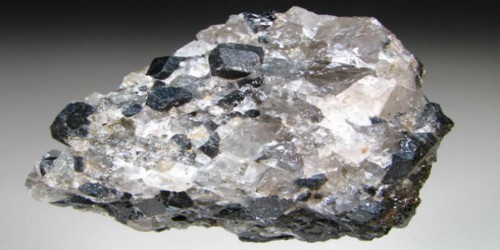Derivatives are complex financial instruments, the values of which depend on an underlying asset. In international finance, derivative instruments imply contracts based on which you can purchase or sell currency at a future date. A foreign exchange derivative is a financial derivative whose payoff depends on the foreign exchange rate(s) of two (or more) currencies. FX derivatives are contracts to buy or sell foreign currencies at a future date. These instruments are commonly used for currency speculation and arbitrage or for hedging foreign exchange risk. They have important differences, which changes their attractiveness to a specific FX market participant. These instruments are commonly used for hedging foreign exchange risk, as well as for currency speculation and arbitrage.
There are three kinds of foreign exchange derivatives:
- Forward contracts – These are typically used by investors who want to limit their risk to exchange rate volatility. In a forward transaction, money doesn’t get exchanged until a mutually agreed-upon future date. For example, if you’ve sold goods to someone and agreed to get paid six months in the future, you might choose to enter a forward contract.
- Futures contracts – These are typically used by speculators who are looking for large returns on their investments. They include interest rates and are roughly about 3 months in duration on average. These speculators try to make money based on the strengthening or weakening of a currency.
- Options – An option gives you the option to buy or sell a currency at a certain price, and you can do so at any point up until the option expires. When an investor is buying an option (long position), they are hoping that the currency’s value will appreciate, so that it can be bought at a price lower than its current value.
History
Foreign exchange transactions can be traced back to the fourteenth century in the UK, but the coming into being and development of foreign exchange derivatives market was in the 1970s with the historical background and economic environment.
Firstly, after the collapse of the Bretton Woods system, in 1976, the IMF held a meeting in Jamaica and reached the Jamaica agreement. When the floating exchange-rate system replaced a fixed-exchange-rate system, many countries relaxed control of interest rates, and the risk of the financial market increased.
Secondly, economic globalization promoted the globalization of financial activities and financial markets. After the collapse of the Bretton Woods system, much capital flew across the world. Countries generally relaxed restrictions on domestic and foreign financial institutions and foreign investors. Changes in macroeconomic factors led to market risk and the demand for foreign exchange derivatives market increasing further, which promoted the development of the derivatives market.
Therefore, many foreign exchange derivatives were widely used, making the foreign exchange market expand from the traditional transactions market to the derivatives market, and develop rapidly.
















